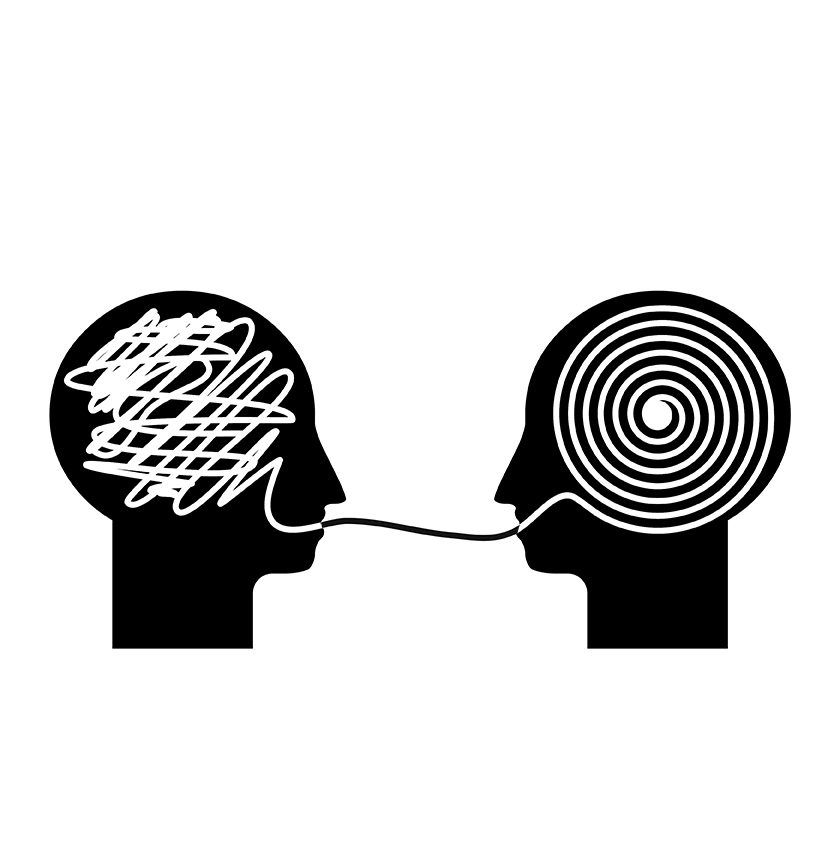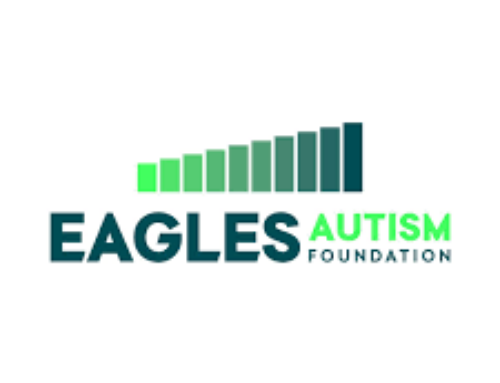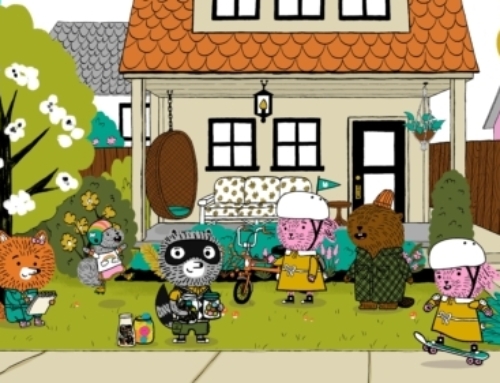Communication Breakdown: The Struggle for Verbal and Nonverbal Expression
What are some communication problems faced by people on the autism spectrum?
One of the core symptoms associated with autism is communication problems. However, no two people are the same, and how autism affects one person can be completely different from someone else.
 Not only does this reinforce the variability of the condition, but it also highlights the complexity of managing communication issues from patient to patient. While communication may be easy for most people, it involves several different actions, including eye contact, facial expressions, the word choices we make, how we use them, gestures, and much more.
Not only does this reinforce the variability of the condition, but it also highlights the complexity of managing communication issues from patient to patient. While communication may be easy for most people, it involves several different actions, including eye contact, facial expressions, the word choices we make, how we use them, gestures, and much more.
Any communication challenges can make social situations a lot more complicated. Let’s look closer at how communication affects those on the autism spectrum.
What Is Social Communication and What Role Does it Play?
Although the term social communication may sound redundant, it’s the ability to communicate with someone effectively and understand what to say, how to say it, and also the appropriate way to respond. For example, if someone tells you something sad in conversation, social communication skills allow you to respond and react appropriately, displaying empathy or sympathy.
People can still communicate without social communication skills, but it won’t flow smoothly, and often missing those important social cues makes communication robotic or impersonal.
When Did They First Recognize that Social Communication Difficulties were Part of Autism?
When the first paper was written on autism in 1943 by Leo Kanner, it included many observations of social communication difficulties. He noted that some children failed to make eye contact, respond to questions, and have a tendency toward obsessive conversation.
As we’ve learned more about autism, perspectives have shifted back and forth between whether or not language skills and social interaction should be considered joint issues or separate issues.
Initially, experts considered severe verbal or conversational impairments as one of the markers for an autism diagnosis. However, as we’ve learned more about autism and diagnosing it, experts have recognized that people with autism can have strong verbal communication skills. What many people identified as ‘socially awkward’ behavior; we’re now acknowledging as traits of autism.
What Traits Are Most Common in People with Autism and Social Communication Issues?
Many people on the spectrum have been known to face difficulties with both verbal and nonverbal skills, including grammar, correct use of pronouns, and understanding when to respond to people. Nonverbal challenges include facial expressions, speech tempo, and averting eye contact. Many of these challenges account for what other people may perceive as ‘awkwardness’ during social interactions.
Communication Breakdown – Conclusion
As you can see, there’s much more to social communication than just talking. Communicating effectively with people involves a full range of different verbal and nonverbal cues. However, experts are getting better at identifying autism spectrum traits at a much younger age which allows for effective therapies to be put in place sooner, leading to better outcomes as children age.
If you have any questions about autism products or would like to find more information about sensory products, please don’t hesitate to reach out and contact us directly. Our friendly and professional team is standing by to assist you.





